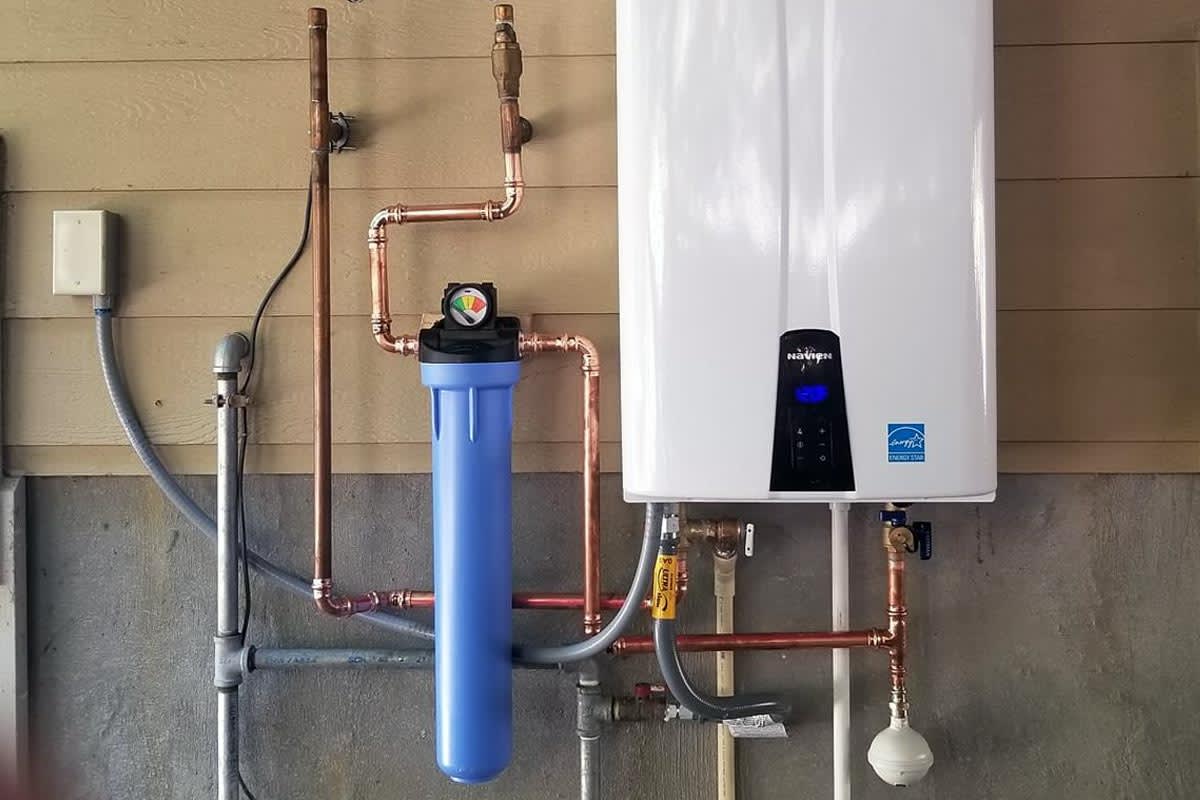Key Care Techniques for Your Home's Hot Water System
Key Care Techniques for Your Home's Hot Water System
Blog Article
Right here further down you can find lots of awesome details relating to Water Heater Maintenance Tips You Can't Afford to Forget.

Hot water is important for daily convenience, whether it's for a rejuvenating shower or washing dishes. To ensure your warm water system runs effectively and lasts longer, normal maintenance is key. This write-up gives functional suggestions and understandings on exactly how to maintain your home's warm water system to prevent interruptions and costly repair services.
Introduction
Keeping your home's hot water system could appear challenging, but with a couple of easy actions, you can ensure it runs smoothly for several years ahead. This guide covers every little thing from comprehending your warm water system to DIY upkeep suggestions and recognizing when to call expert aid.
Significance of Keeping Your Hot Water System
Normal maintenance not just prolongs the lifespan of your hot water system yet also guarantees it operates effectively. Overlooking upkeep can lead to reduced performance, higher power costs, and even early failure of the system.
Indications Your Warm Water System Needs Maintenance
Understanding when your warm water system requires attention can avoid significant issues. Watch out for indicators such as irregular water temperature, odd noises from the heating unit, or corroded water.
Understanding Your Hot Water System
Prior to diving right into upkeep tasks, it's valuable to recognize the basic elements of your warm water system. Commonly, this includes the hot water heater itself, pipelines, anode rods, and temperature controls.
Regular Monthly Upkeep Tasks
Normal month-to-month checks can assist catch small concerns prior to they rise.
Flushing the Water Heater
Flushing your hot water heater eliminates debris build-up, improving efficiency and extending its life.
Checking and Replacing Anode Rods
Anode poles protect against corrosion inside the tank. Inspecting and replacing them when worn out is important.
Evaluating and Readjusting Temperature Level Setups
Readjusting the temperature level setups makes certain optimum performance and safety.
DIY Tips for Upkeep
You can execute numerous upkeep jobs on your own to maintain your warm water system in top condition.
Checking for Leaks
Routinely examine pipes and connections for leaks, as these can lead to water damages and greater expenses.
Checking Pressure Alleviation Valves
Evaluating the pressure safety valve guarantees it functions correctly and avoids excessive stress build-up.
Protecting Pipes
Insulating warm water pipelines minimizes warm loss and can save power.
When to Call an Expert
While DIY upkeep is helpful, some problems need professional experience.
Complicated Issues Calling For Expert Help
Instances consist of major leakages, electrical troubles, or if your hot water heater is regularly underperforming.
Regular Expert Upkeep Advantages
Expert upkeep can include thorough assessments, tune-ups, and guaranteeing conformity with safety standards.
Verdict
Routine upkeep of your home's hot water system is essential for performance, long life, and expense financial savings. By complying with these tips and understanding when to seek expert help, you can make certain a trustworthy supply of hot water without unanticipated disruptions.
How to Maintain an Instant Hot Water Heater
Before tinkering with your hot water heater, make sure that it’s not powered on. You also have to turn off the main circuit breaker and shut off the main gas line to prevent accidents. Also turn off the water valves connected to your unit to prevent water from flowing into and out of the appliance. 2. When you’re done, you have to detach the purge valves’ caps. These look like the letter “T†and are situated on either side of the water valves. Doing so will release any pressure that has accumulated inside the valves while at the same time avoid hot water from shooting out and burning your skin. 3. When the purge valves’ caps are removed, you have to connect your hosing lines to the valves. Your unit should have come with three hoses but if it didn’t, you can purchase these things from any hardware or home repair shops. You can also get them from retail stores that sell water heating systems. Read the user’s manual and follow it to complete this task properly. When the hosing lines are connected, open the purge port’s valves. 4. You should never use harsh chemical cleaners or solutions when cleaning your unit. Make use of white vinegar instead. It should be undiluted and you’ll probably use about 2 gallons. 5. Now flush your water heater. This task should probably take about 40 minutes. We can’t give you specific directions for this because the procedure is carried out depending on the type, model and brand of your heater. With that being said, refer to the user’s manual. 6. When you’re done draining the unit, you have to turn off the purge port valves again. Remove the hosing lines that you earlier installed on each of the water valves. Put the valve caps (purge port) back in their respective places and be very careful so as not to damage the rubber discs that are found inside these caps. 7. Now that everything’s back in place, check your user’s manual again to find out how to reactivate your water heating system. 8. Once it is working, turn one of your hot water faucets on just to let air pass through the heater’s water supply pipes. Leave the tap on until water flows smoothly out of it. https://www.orrplumbing.com/blog/2014/september/how-to-maintain-an-instant-hot-water-heater/

As a person who reads on Water Heater Maintenance Tips You Can't Afford to Forget, I assumed sharing that excerpt was mandatory. Please take the opportunity to promote this write-up if you liked it. Thank you so much for your time spent reading it.
Schedule Now! Report this page